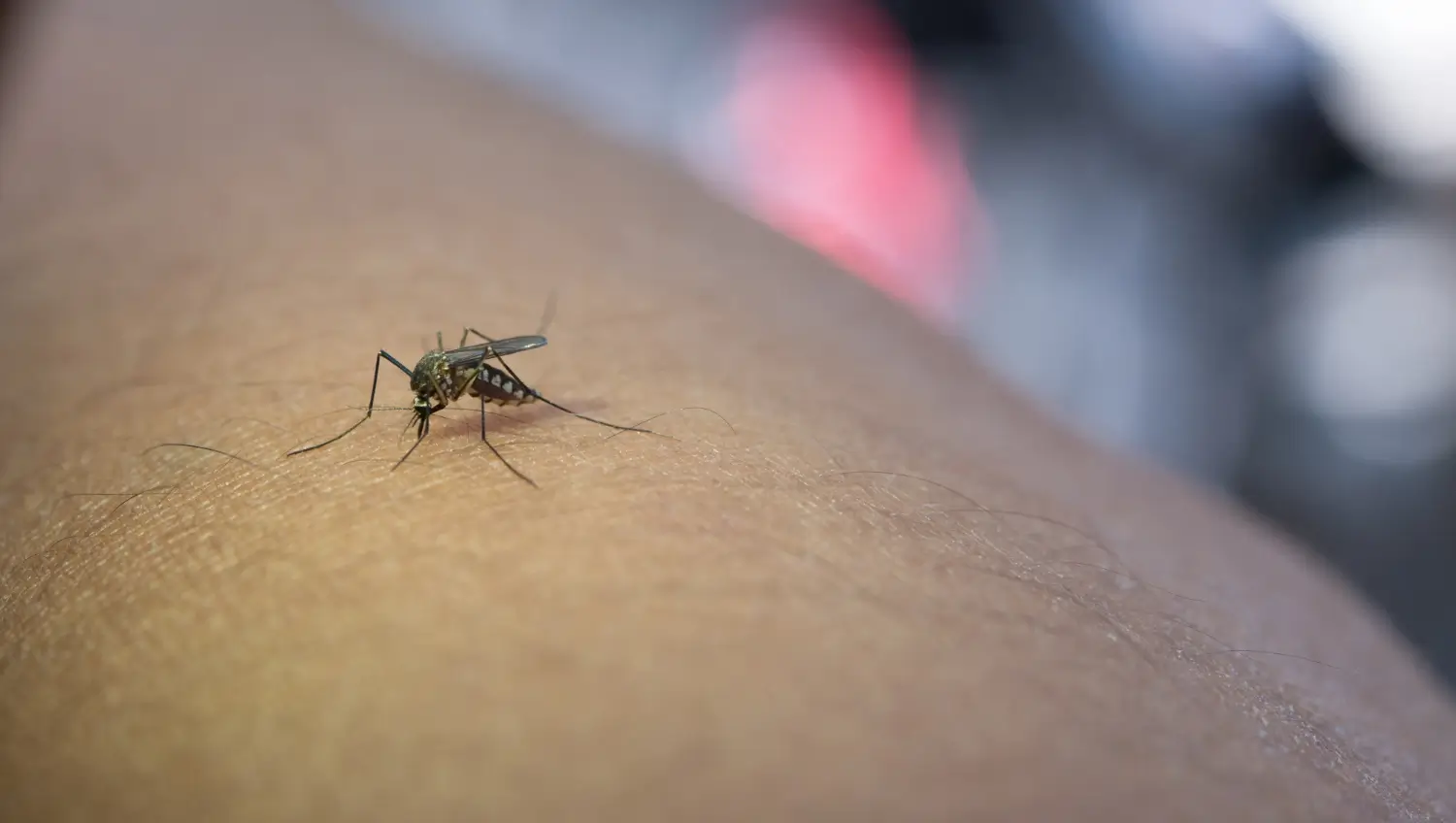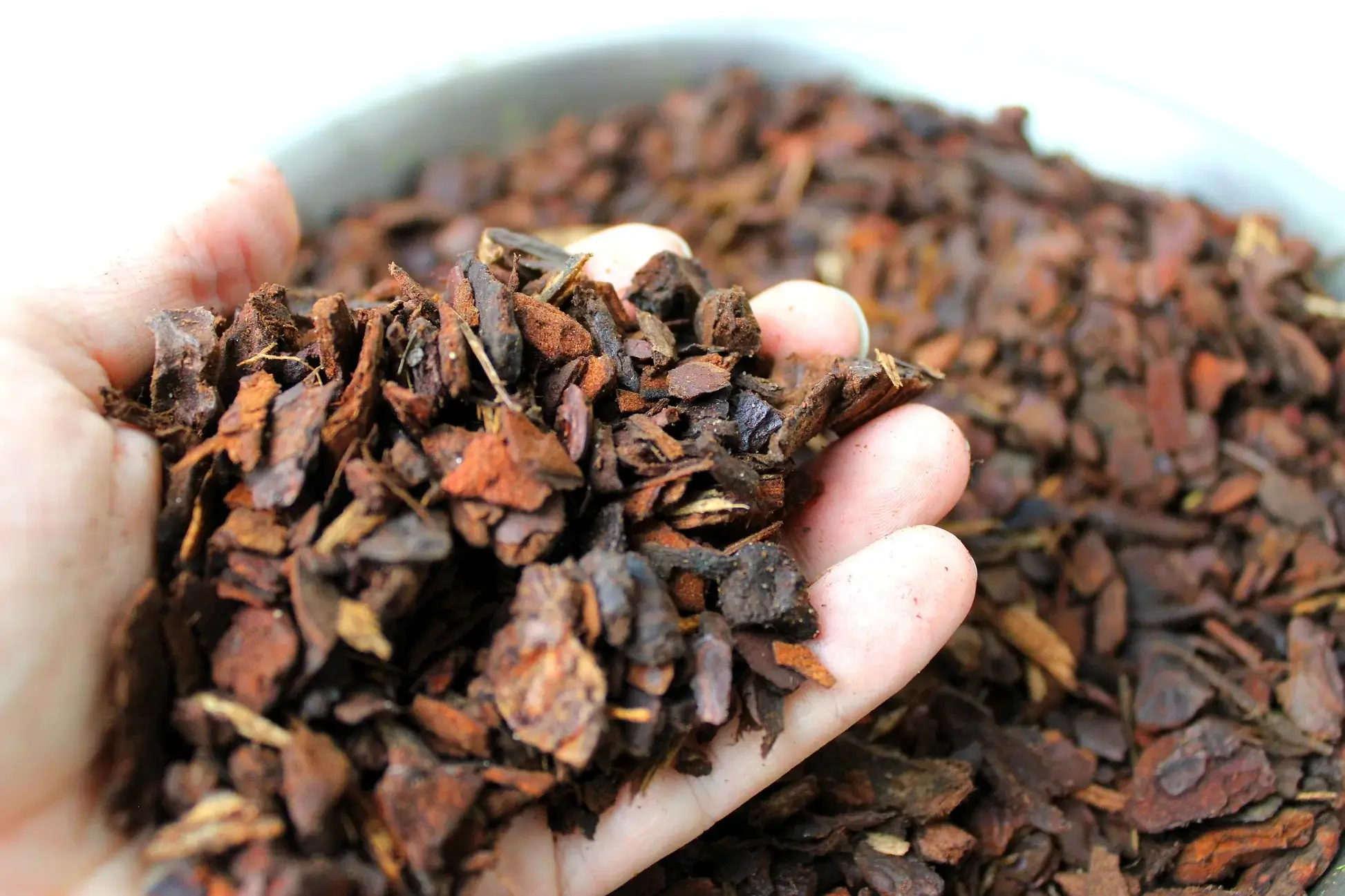
April 29, 2025

Orchids are gorgeous flowers but that doesn’t mean they’re easy to take care of. The number one problem for people who grow orchids is to keep the roots healthy. Healthy roots are critical to the general wellbeing of an orchid because they allow the plant to obtain necessary nutrients and stability for growth and flowering. Orchids without firm roots are susceptible to issues that can lead to root rots or poor growth, which can be frustrating for gardeners.
Orchids are unique among plants in that they are epiphytes, which grow on trees or other surfaces instead of in the ground. They live with their roots in the open air and wetness, and that brings a particular sort of care. To accommodate this different growth pattern, orchids require an appropriate potting medium. Orchid bark is perfect, since it has the perfect combination of drainage and airflow that orchids need in order to continue to flourish.
Orchid bark is a mix of tree bark, typically from fir or pine trees. These barks are selected because of how long they last, they are lightweight and break down as slowly as possible. The composition may differ slightly from source to source, but the key ingredients generally stay the same:
Orchid bark has a chunky and coarse texture with larger bark pieces that provide plenty of air circulation around plant roots. This structure is important because it helps with drainage and prevents water from pooling at the base, which can cause root rot. Without this, proper oxygen cannot reach the roots, and they will eventually die.
Orchid bark is a key element in the care of orchids and other epiphytic plants, and confers a number of benefits to ensure the health of the plants. Here are the orchid bark benefits for the plant:
Selecting the correct potting medium is one of the key factors in growing healthy orchids. Orchid bark is essential for preserving healthy roots, by providing drainage, aeration and moisture retention to meet the orchid's needs.
Material: Natural Douglas-fir tree bark
Particle Size: Medium
Best For: Orchids needing excellent oxygenation and drainage.
SuperMoss Orchid Bark is a premium grade natural bark product for orchids and other potted plants. With medium-sized particles, giving the right combination of drainage and aeration so that the root system gets the air it needs to flourish. The open structure of the bark encourages good root growth by emulating the natural growing conditions for Orchids, which is a moist but free draining, open environment.
This orchid bark is perfect for orchids that need a structured mix to support their roots which is less likely to become waterlogged. The loose texture of the bark enables excess water to drain freely, yet provides adequate moisture for the roots.
Material: 100% fir bark
Particle Size: Fine
Best For: Seedlings, young orchids, and plants with delicate roots.
Uni-Gro’s 1cf Orchid Bark Fine is a finer grade of bark, an ideal choice for delicate or small-rooted orchids, seedlings and mericlones. This highly processed bark is consistent in size, dust and contaminant free, so the plants get the best environment for root growth.
This bark’s smaller size keeps water intake moderate as it is not fastly absorbed, offering orchids the water they need without being overly wet. It also has excellent drainage and aeration, which is a must to avoid root rot.
Material: 100% fir bark
Particle Size: Fine
Best For: Commercial growers or large orchid collections.
For orchid enthusiasts with a larger collection, or commercial growers, the Uni-Gro 4qt Orchid Bark Fine (12/CS) offers bulk purchasing that ensures consistency across many pots. This bark is made from 100% fir bark and has a fine texture, perfect for orchids that need a more controlled moisture environment.
It offers the same high-quality features as the 1cf version, including excellent aeration and drainage, making it a solid choice for both small-scale growers and larger operations. The case includes 12 quart bags, each offering premium quality bark that supports strong root systems in a variety of orchid species.
Orchid bark is an important part of the bonded, enhanced drainage mix of orchids and other epiphytic plants. Here’s how to use orchid bark effectively in a soil mix.
The selection of grade depends on the kinds of orchid or plant being grown:
Common materials to be mixed with orchid bark:
A typical recipe for a good all-purpose orchid potting mix is:
Standard Orchid Mix
For Epiphytic Plants
This mix ensures good drainage, water retention and air circulation, allowing the plant roots to get the right environment to develop healthily.
Epiphytes like orchids also need drainage to prevent root rot. The pot should fit the plant’s root system—it shouldn’t be too large, as excess water can accumulate, leading to poor nutrient uptake and potential root rot.
After choosing the pot, simply fill it with the prepared soil mix. If repotting an orchid, carefully remove the plant from its old pot and gently shake any old potting medium off the roots. The plant is then positioned in the middle of the new pot and the orchid bark mix is poured around the roots.
After repotting with the new bark mix, the plant should be watered sparingly. Water sufficiently to allow the mix to compact and for the roots to be moistened. Keep them evenly moist, but don’t overwater since orchid bark drains quickly. Most orchids do not need to be watered as often as other plants.
Orchid care can be daunting, but by avoiding these common pitfalls, people will have healthy, blossoming orchids.
Orchid bark for indoor plants is designed to flourish in well-draining and aerated conditions. The following are some indoor plants that will benefit from the use of orchid bark:
Orchids, such as Phalaenopsis, Cattleya and Dendrobium, need a growing medium that provides good drainage and airflow. These plants are also often kept in orchid bark because it’s similar to the conditions they grow in the wild. When they grow on trees, they have both air and moisture without waterlogging.
Bromeliads, another epiphytic compound, find contentment in both the large chunk factor and the moisture retention or drainage characteristics of the bark. These plants growing in tropical regions often need a potting mix that doesn’t retain too much water. Orchid bark provides the perfect combination of hydration and air for the roots.
Monstera, Philodendron, and ZZ Plants many other aroids flourish when adding orchid bark to their potting mix. While not actually epiphytic, these plants want a loose-draining medium that permits their roots to breathe. Orchid bark also increases air flow and decreases the chance of root rot, so adding some to the care routine is just helpful.
African violets are particularly famous for their delicate, fine roots and appreciate the fine texture of orchid bark with other additional elements like perlite or sphagnum moss. The bark mix provides acceptable moisture retention and drainage, which supports the health of the plants and root growth.
Most indoor ferns, like Boston ferns and maidenhair ferns, do well in nicely drained, moist conditions. Orchid bark added into a mix of sphagnum moss or coco coir makes an ideal soil medium for ferns, as with finer growing mediums, the mixture is able to be adequately moist while not overwatered but still offers plenty of water for the ferns to grow.
Why is orchid bark good for plants?
Orchid bark makes a great potting medium since it offers the ideal mix of drainage, aeration and moisture retention necessary for good root health. It has a coarse texture that drains water very quickly while preventing the roots from rotting and also retains enough moisture for the plants.
Which is the best bark for orchid repotting?
The type of orchid bark that is best for repotting orchids is usually made of fir or pine, because these barks are lightweight, durable, and provide good drainage to the roots. Most orchids do well with medium or coarse orchid bark as it holds water and yet provides good airspace.
What are orchid potting medium alternatives?
Orchid bark is the most widely sold option, but there are a few other alternatives like sphagnum moss, coconut husk, and perlite.
Orchid mix is important in helping orchids and other plants that matter grow healthy and strong. Maintains the health of the roots by ensuring the correct balance of drainage, air and water. These characteristics avoid issues like root rot and provide the roots with the oxygen they need.
For those in need of premium orchid bark and other plant care products, Growcycle has a selection of orchid bark choices to help gardeners establish an optimal atmosphere for their plants.
Disclaimer: This material is for informational purposes only and should not be relied on for legal, medical, financial, or any other form of professional advice.